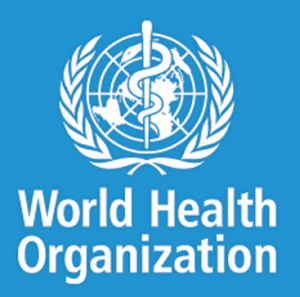Half of world’s population at risk of malaria – WHO
 A World Health Organisation’s (WHO) report has said globally, about 3.2 billion people—nearly half of the world’s population—are at risk of malaria.
A World Health Organisation’s (WHO) report has said globally, about 3.2 billion people—nearly half of the world’s population—are at risk of malaria.
According to the report, despite progress made in combating malaria, significant challenges remain.
The report which was launched on Wednesday and made available to the Ghana News Agency by Fadela Chaib, WHO Communications Officer, said in 2015, there were an estimated 214 million new cases of malaria, and approximately 438,000 deaths.
It said 15 countries, mainly in Africa, account for most global malaria cases (80 per cent) and deaths (78 per cent).
The report said these high burden countries have achieved slower-than-average declines in malaria incidence (32 per cent) compared to other countries globally (53 per cent).
It said in many of these countries, weak health systems continue to impede progress in malaria control.
The report said millions of people are still not receiving the services they need to prevent and treat malaria.
It noted that in 2014, approximately one third of people at risk of malaria in sub-Saharan Africa lived in households that lacked protection from mosquito nets or indoor residual spraying.
“As the global burden of malaria declines, new challenges have emerged,” said Dr Pedro Alonso, Director of the WHO Global Malaria Programme.
“In many countries, progress is threatened by the rapid development and spread of mosquito resistance to insecticides. Drug resistance could also jeopardize recent gains in malaria control,” he said.
The report said since 2010, 60 of the 78 countries that monitor insecticide resistance have reported mosquito resistance to at least one insecticide used in nets and indoor spraying; of these, 49 reported resistance to two or more insecticide classes.
It said parasite resistance to artemisinin— the core compound of the best available antimalarial medicines—has been detected in five countries of the Greater Mekong sub-region (Mekong River basin in Southeast Asia).
In May 2015, the World Health Assembly adopted the WHO Global Technical Strategy for Malaria 2016-2030, a new 15-year framework for malaria control in all endemic countries.
The strategy has set an ambitious but achievable target for 2030, including a reduction in global malaria incidence and mortality of at least 90 per cent; the elimination of malaria in at least 35 countries; and the prevention of a resurgence of malaria in all countries that are malaria free.
The report said achieving these targets would require country leadership, sustained political commitment and a tripling of global investment for malaria control: from the $ 2.7 billion in annual funding available today to $8.7 billion in annual funding by 2030.
It said this figure takes into account future savings in case management costs anticipated as malaria control efforts continue to expand and more cases are averted.
The World Malaria Report, released each year in December, is WHO’s flagship malaria publication.
The report offers an in-depth analysis of trends in malaria control and elimination at global, regional and country levels.
It is developed in collaboration with WHO regional and country offices, Ministries of Health in endemic countries, and a broad range of partners.
This year’s report draws on data from the 96 countries and territories with ongoing malaria transmission, and from five countries that have recently eliminated malaria.
Source: GNA
